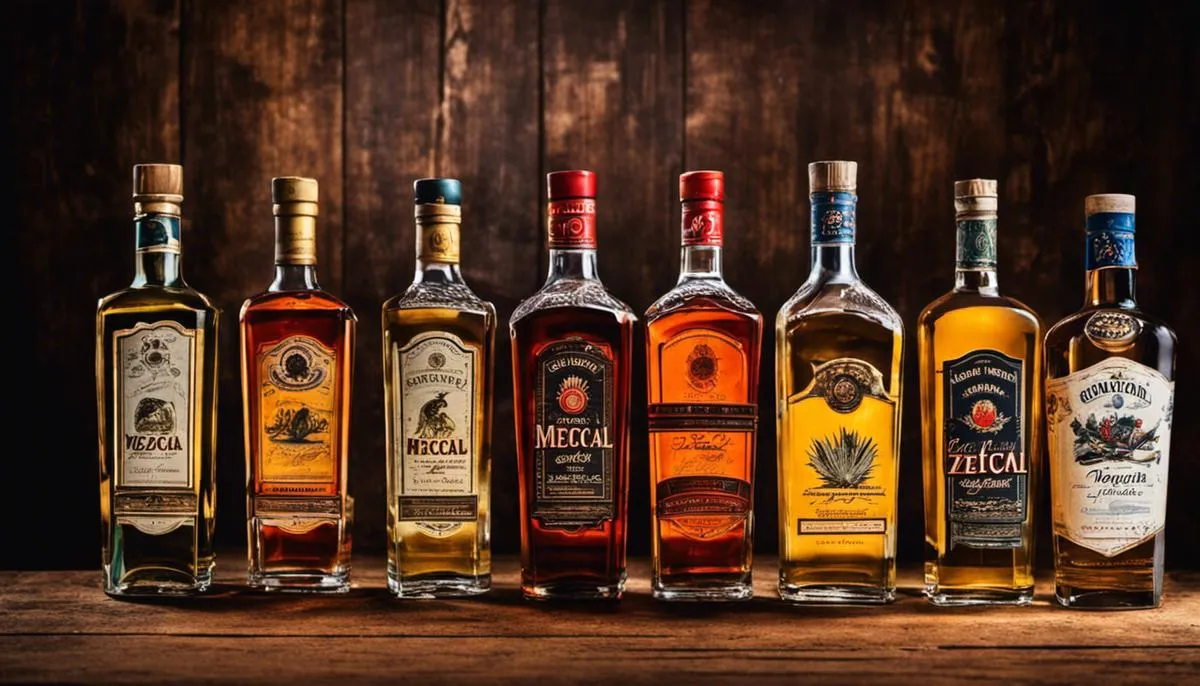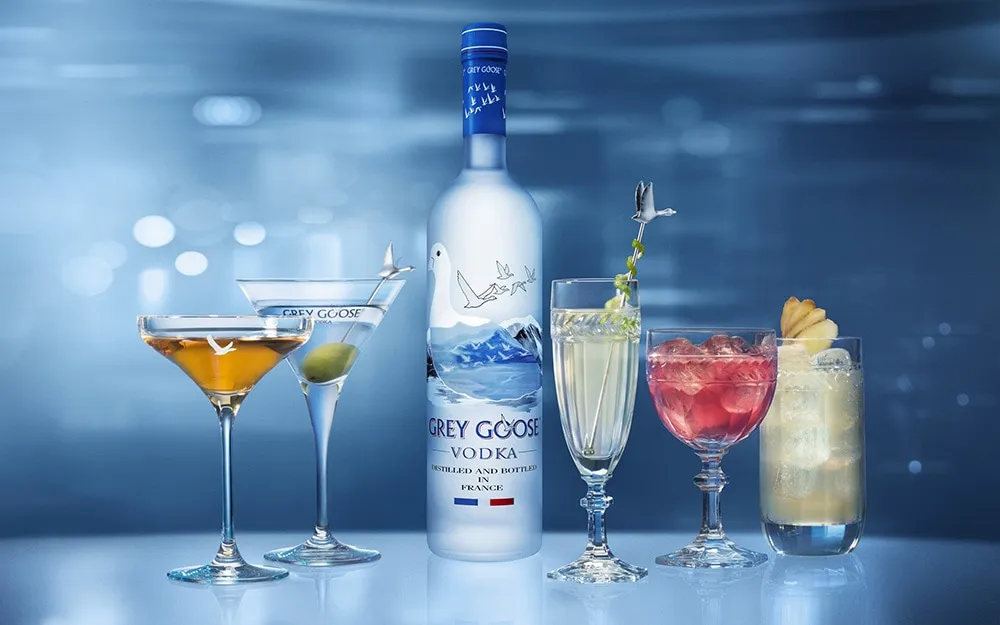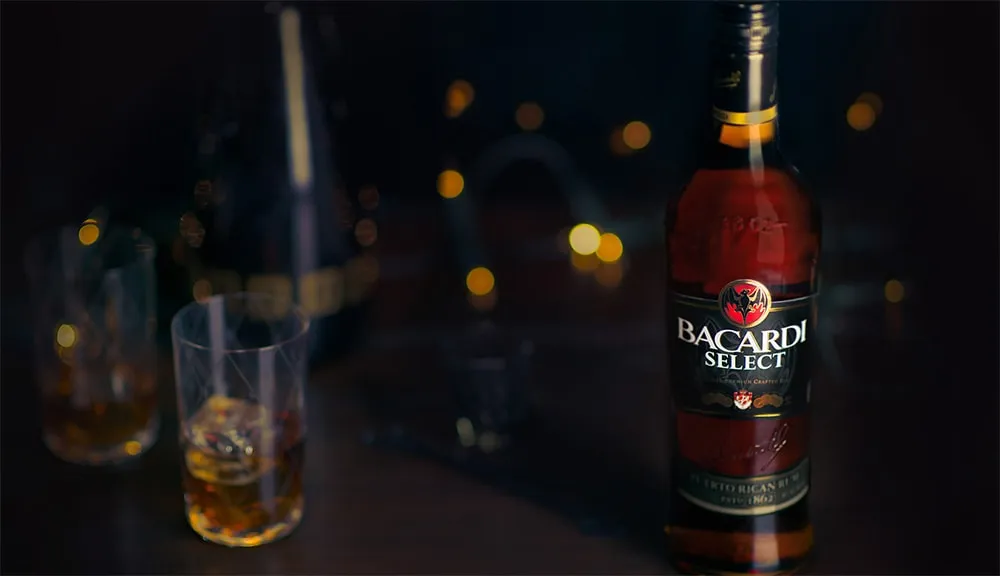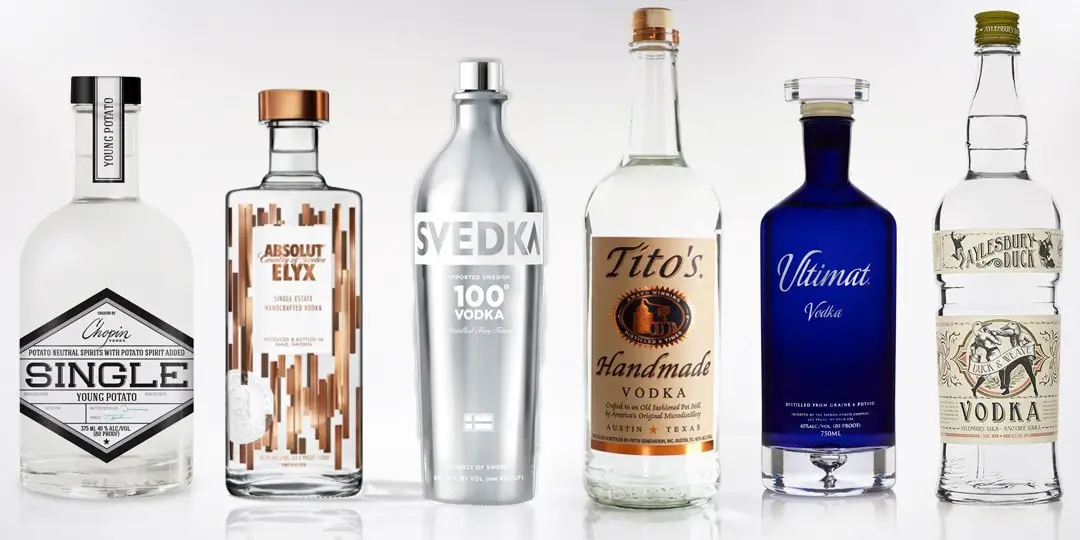In the vast world of spirits, two Mexican liquors often stand in the spotlight yet are shrouded in misconception — Mezcal and Tequila. Characterised by their historical roots, distinctive production methods, robust flavours, and cultural significance, Mezcal and Tequila are integral facets of Mexico’s cultural identity. This exploration seeks to delve into the intricacies of these captivating spirits, dissecting their origins, the intimate relationship with the agave plant, and the carefully curated processes that birth their unique flavors. Furthermore, we’ll delve into the various appellation of origin laws that safeguard the integrity of each spirit while also examining their standing within the beverage landscape both domestically and in the United States.
Understanding Mezcal and Tequila
Origins of Mezcal and Tequila
The roots of both mezcal and tequila trace back to the indigenous societies of Mexico. When the Spanish Conquistadors ran out of their own brandy, they started distilling Agave, a practice already in use by local inhabitants. This led to the creation of what we now recognize as tequila and mezcal.
Understanding Mezcal
The umbrella term, Mezcal, which in the Nahuatl language means “cooked maguey” (a type of agave), refers to any spirit distilled from agave. The traditional production process is highly artisanal and varies between mezcal-producing regions and maestro mezcaleros, who inherit their craft through generations. Typically, the agave’s heart, or piña, is roasted in pit ovens lined with volcanic rock. Underground roasting lends a distinctive smoky flavor to mezcal. Once cooked, the piñas are crushed, fermented, and eventually distilled.
Understanding Tequila
As a type of mezcal, tequila is made specifically from the blue agave plant and predominantly produced in the Jalisco region of Mexico. The piñas for tequila aren’t typically smoked but are rather steamed inside industrial ovens and then distilled in copper pots. This lack of smoking process results in tequila having a smoother, sweeter flavor as compared to most mezcals.
Difference in Taste
Mezcal and tequila do have distinctive taste profiles. Tequila, particularly the popular 100% agave tequila, tends to be smoother and sweeter. One can often notice flavors like vanilla, sweet fruit, or light citrus. On the other hand, mezcal can have a wide range of flavor profiles due to its artisanal production methods and the variety of agave species used. However, one fundamental flavor is a distinctive smokiness, earthiness, or even descriptions like leather or tobacco.
Ingredients and Production
The major difference between tequila and mezcal lies in their production process and the ingredients used. Tequila must be made from 51% blue Weber agave, with the remainder usually being sugarcane, whereas mezcal can be made from over 30 types of agave, though most commonly from Espadín agave. Moreover, the way the agaves are cooked gives mezcal its signature smoky flavor and tequila its sweeter profile.
Regulations
Both mezcal and tequila are safeguarded by designation of origin status, which means they can only be produced in certain regions of Mexico. Tequila has more strict regulations — it can be produced in only five states: Jalisco, Michoacan, Guanajuato, Nayarit, and Tamaulipas. Mezcal, however, has a wider production region spanning nine states: Oaxaca, Guerrero, Durango, San Luis Potosi, Zacatecas, Guanajuato, Tamaulipas, Michoacán, and Puebla.
A Brief Overview
Mezcal and tequila, though both are spirits distilled from agave plants native to Mexico, are quite distinct from each other. Such differences arise from variance in origin, their distinct production methods, the certain species of agave plants used, and ultimately, their unique taste. Depending on your individual preference, you might be inclined towards either the smokier taste of mezcal, or the smoother, sweeter flavor profile provided by tequila.
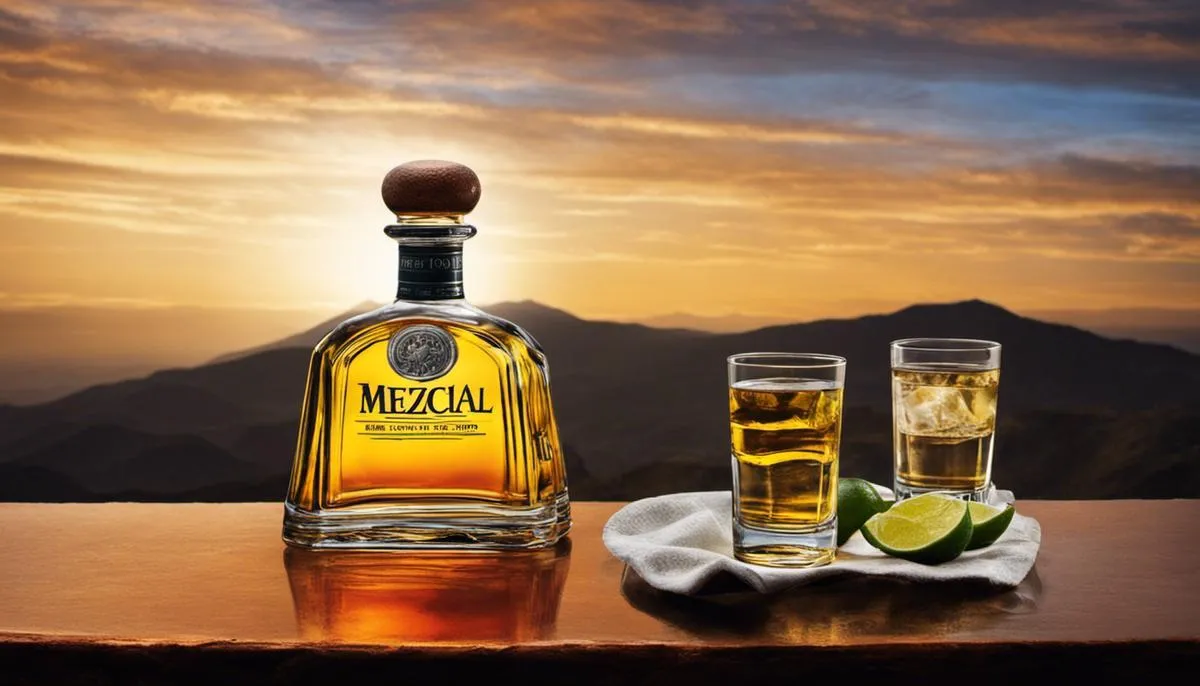
Production Process of Mezcal and Tequila
The Agave Harvest
The initial step in the production process of both tequila and mezcal is the harvesting of the agave plant. This desert succulent, which takes anywhere from eight to thirty years to fully mature, is endemic to Mexico. To prepare for distillation, jimadores (agave farmers) remove the plants’ long, pointed leaves to expose the piña (heart). Once the leaves are removed, the piña strongly resembles a large pineapple.
The very type of agave used marks a key difference between tequila and mezcal. While the blue agave plant, or Agave tequilana Weber, is exclusively used in the production of tequila, mainly growing abudantly the region surrounding the city of Tequila in Jalisco, Mexico. Mezcal, conversely, displays a far greater variability in terms of the type of agave utilized. Over thirty different agave varieties can go into making mezcal, but the Espadín agave is most commonly used. Higher-end mezcals can be made from other agave types like Tobalá, Tobaziche, and Tepeztate.
Cooking the Agave
The cooking process is where mezcal and tequila diverge significantly, contributing most to their distinct flavors. For tequila production, the harvested agave piñas are traditionally cooked in large, industrial ovens known as autoclaves. This is a modern method that results in a very clean, crisp flavor. Some artisanal tequila makers still use the traditional method of stone or brick ovens, but autoclaves are more common in large-scale operations where consistency is key.
For mezcal production, the cooking process is more traditional and rustic. The agave piñas are cooked in earthen pits lined with lava rocks and filled with wood and charcoal. They’re covered with agave leaves and earth, then left to cook for several days. This underground cooking process gives mezcal its characteristic smokey flavor. Each producer’s pit, wood type, and cooking time contribute to the unique flavor profile of the mezcal.
Fermentation and Distillation
After cooking, the agave for both spirits is crushed to extract the juice or sap, which is then fermented. For tequila, the juice is usually extracted using a mechanical crusher, whereas, for mezcal, a tahona (a large stone wheel) is commonly used for crushing. The extracted juice is then fermented in large vats.
The fermentation process for tequila is usually controlled with carefully selected yeast strains, ensuring the uniformity of the product. Mezcal fermentation, however, typically incorporates naturally occurring wild yeasts, contributing to its complex flavor. Another critical difference is that mezcal can be distilled once or twice, while tequila is generally distilled twice.
Bottling, Aging, and Labeling of Tequila and Mezcal
The journey that both tequila and mezcal undertake after distillation is quite fascinating as it involves aging and bottling. This process can last anywhere from just a few months to several years, with each spirit developing an increasingly deeper color and picking up more flavor from the wooden barrels it’s aged in. Depending on how long the spirit is aged, it may be classified as blanco (white) or joven (young) if unaged, reposado if aged between two months and a year, añejo if aged between one and three years, and extra añejo if aged for more than three years.
Once bottled, labeling becomes an essential step and is regulated by Mexican law. The label for genuine tequila will read either “100% Agave” or “100% Blue Agave”. If it’s a bottle of mezcal, the label usually outlines the variety of agaves used, and may even mention the maestro mezcalero (mezcal master) in charge of production. A fun fact is that mezcal often includes a maguey worm or gusano at the bottom of the bottle, signifying its unique tradition and identity.

Comparing Flavors and Appellations
The Flavor Spectrum of Mezcal and Tequila
The taste and aroma of mezcal and tequila are greatly diverse, largely influenced by the specific agave varieties used, where the agave is grown, the local climate, and the detailed production process. Unlike tequila which solely uses blue agave, mezcal can be created from several agave types, creating a diverse range of taste experiences.
Mezcal is distinguished mostly by its smoky flavor, a characteristic feature that follows from the traditional method of roasting the agave hearts (pinas) in burning wooden pits. But beyond this crucial smokiness, mezcals can offer a rich spectrum of tastes ranging from sweet to savory, with potential traces of fruit, floral, spice, and earthy profiles, occasionally drawing towards leather or tobacco.
In contrast, tequila sports less of a smoky flavor, leaning more towards a smooth, sweet profile. The flavors can range from a fresh grassy vibe to a sweet, cooked agave taste. Premium tequilas often come with added layers of complexities, featuring notes of floral elements, citrus twists, vanilla undertones, and pepper high notes.
Variety Among Each Type
The variety among mezcal and tequila is not limited to their flavor and aroma profiles. Each of these spirits has its own categories based on the aging process. For instance, tequila is categorized into Blanco (not aged), Reposado (aged for 2 months – 1 year), Anejo (aged for 1-3 years) and Extra Anejo (aged longer than 3 years). These aging processes significantly influence the richness and smoothness of the tequila.
In the case of mezcal besides the Blanco (or Joven/Aged up to 2 months), other types include Reposado (aged 2 months – 1 year), and Anejo (aged minimum 1 year). Some producers also create Madura de Mezcal, a unique aged category, with 18 months as the minimum aging period involving a baking process. The different ages depict the depth of flavor and smoothness, along with a balanced smokiness.
Appellations of Origin Laws
As global consumers, it’s crucial to understand the role of appellation of origin laws when enjoying products like mezcal and tequila from Mexico. These laws serve to maintain the integrity of these spirits by dictating their production area, the agave types used, and the methodology of production.
Tequila, for instance, enjoys protected geographical status and can only be produced in the Mexican states of Jalisco, Michoacán, Guanajuato, Nayarit, and Tamaulipas. The use of blue agave is a requirement, and producers must follow specified methods and meet a certain alcohol content level. The Tequila Regulatory Council is responsible for ensuring the compliance with these standards.
On the other hand, mezcal has a Denomination of Origin protection and can be produced in a wider array of regions, including nine Mexican states: Oaxaca, Guerrero, Durango, San Luis Potosi, Puebla, Guanajuato, Zacatecas, Michoacán, and Tamaulipas. Regulations also permit the use of a broader range of agave species in mezcal production. The spirit must be traditionally produced and must contain a minimum of 80% alcohol derived from agave.
Appreciating these legal delineations is key to understanding the integrity, authenticity, and quality that define each spirit. It shines a light on the cultural heritage and craftsmanship involved in the production of tequila and mezcal.

Cultural Significance and Trends
Mezcal vs Tequila: Their Cultural Significance in Mexico
Apart from production distinctions, another compelling aspect of mezcal and tequila is their deep-rooted significance in Mexican culture, established even before the Spanish colonization. The indigenous peoples of Mexico firstly held in high esteem the maguey plant, the source of these spirits, considering it sacred. Some communities nowadays continue the tradition of using mezcal in ceremonial rituals, religious rites, and traditional healing methods. Tequila, despite being relatively newer than mezcal, has grown to become a national icon, reflecting Mexico’s cultural identity. Common festive celebrations in Mexico, like the Day of the Dead, regularly feature both spirits, demonstrating their rich cultural relevance.
Mezcal and Tequila: Current Consumption Trends
Today, both tequila and mezcal are enjoying a surge of popularity, particularly in the United States. Younger generations of drinkers are being drawn to these spirits, viewing tequila and mezcal less as drinks to be slammed with salt and a lime, and more as craft spirits to be savored. The growth of craft cocktail culture has given rise to unique and innovative cocktails using these spirits, further driving their popularity. This shift in perception has led to increased production, with the tequila market in the United States showing an annual growth of approximately 5.06% between 2014 and 2018, while mezcal has shown even more impressive growth figures.
Influence on Cocktail Innovations
The rising profile of tequila and mezcal has influenced cocktail innovations, creating curious and creative drinks menus worldwide. Once typically limited to the classic Margarita, tequila’s versatility has been showcased in a variety of new concoctions ranging from twists on traditional cocktails, such as the Tequila Sunrise and the Paloma, to innovative concoctions like the Tequila Mockingbird and the Toreador. Mezcal, with its smoky and complex profile, is also being boiled down to its essence, to give a contemporary spin on old classics, particularly in cocktails such as the Mezcal Mule and the Mezcal Negroni.
Popularity in the United States Market
In the United States, super-premium tequila, made with 100% blue agave, has seen a significant increase in sales, reflecting the consumer trend towards high-quality, authentic products. Mezcal, being relatively new to the American spirit scene, has gained traction among spirit connoisseurs, who value its artisanal and traditional production methods. Its growth has remained robust over the past few years, with U.S. mezcal sales doubling between 2017 and 2019. While tequila continues to dominate the agave-based spirits market in the U.S., mezcal has carved out a sizable niche among drinkers looking for complexity and sophistication in their spirits.

Undoubtedly, Mezcal and Tequila serve as poignant illustrations of Mexico’s rich cultural tapestry. Offering more than just intoxicating allure, they narrate stories of tradition, craft, and passion. Their making is an art, their presence is symbolic, and their consumption, a celebration. Exploring their multi-faceted personalities allows us to appreciate not only the diverse flavor spectrums but also the labor and artisanship that goes into their crafting. As their popularity continues to rise within the U.S. and worldwide, it’s intriguing to speculate the future trends for these Mexican spirits. One thing is certain, the tale of Mezcal and Tequila is a testament to the enduring spirit of Mexico and a standing invitation to savor a piece of its vibrant heritage.


